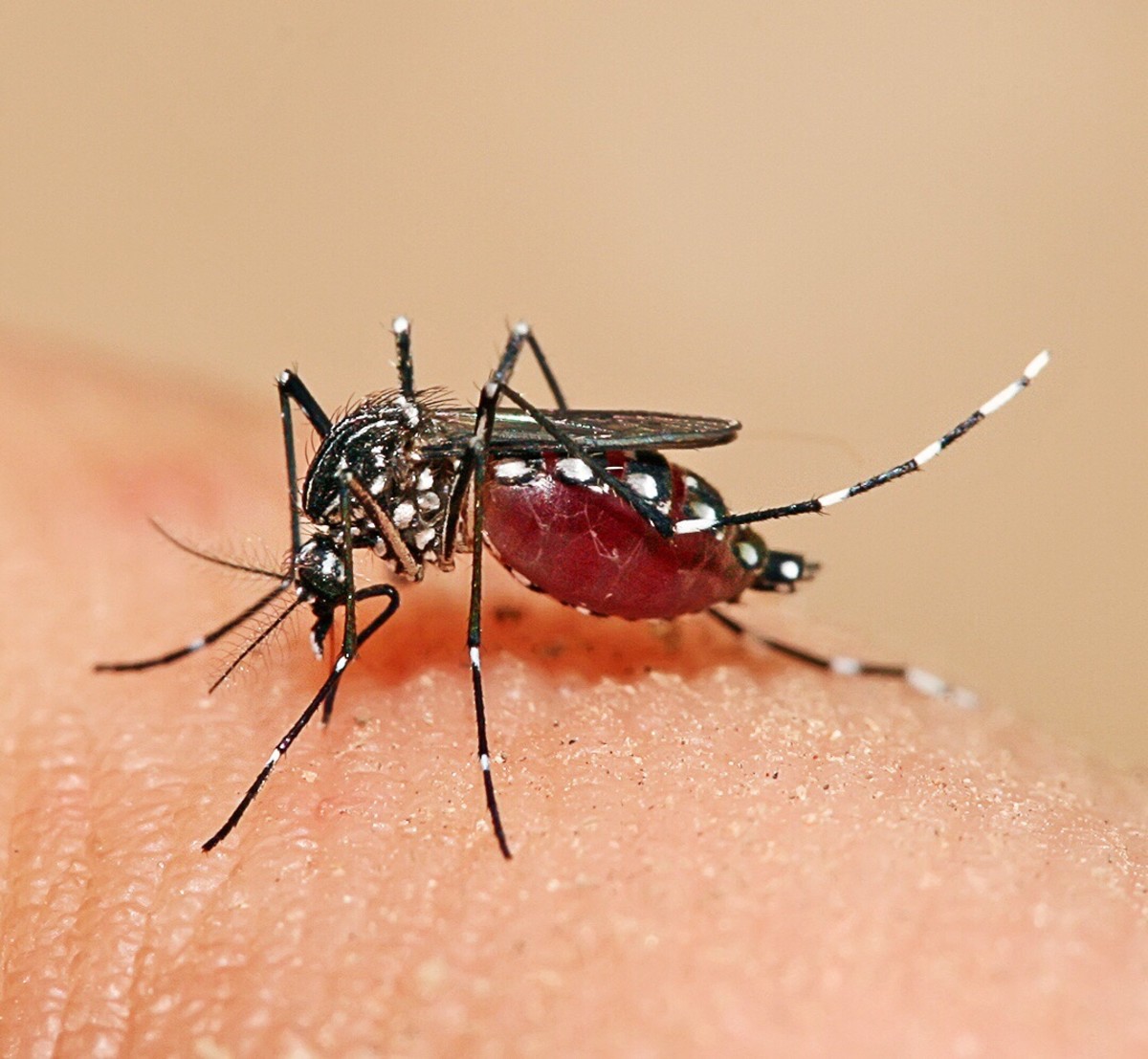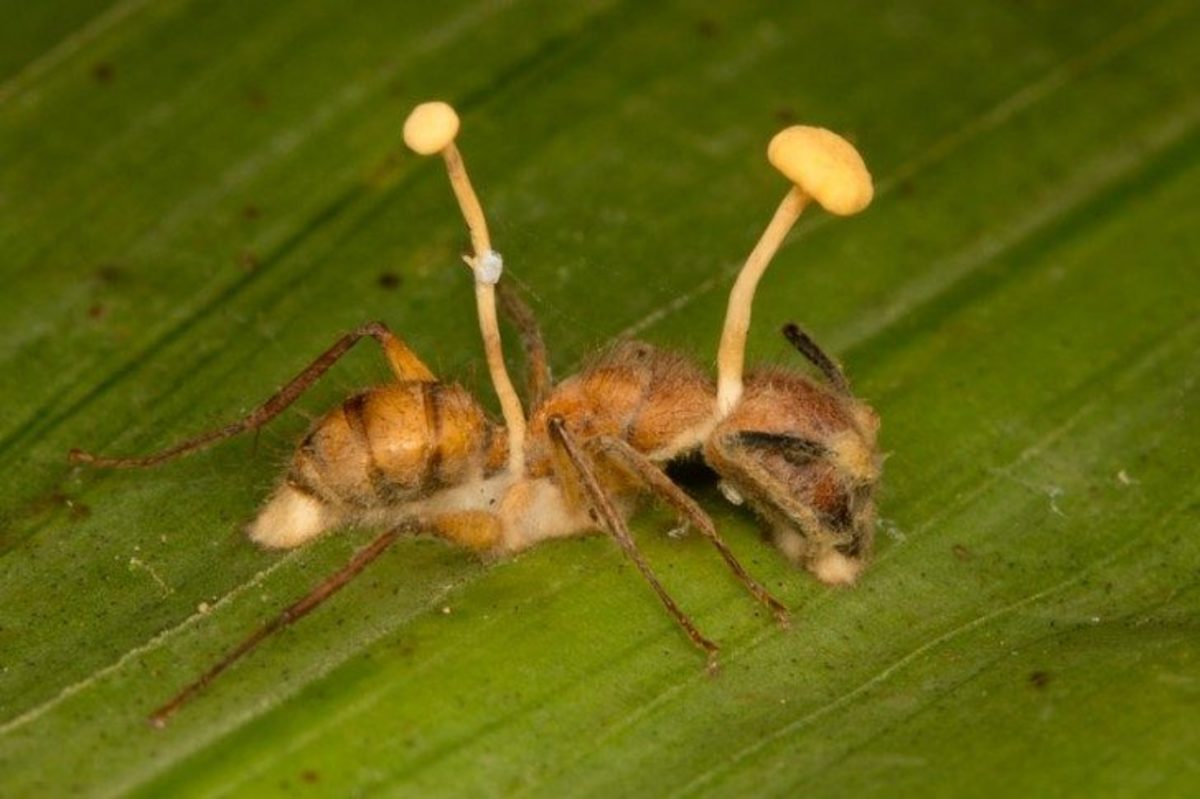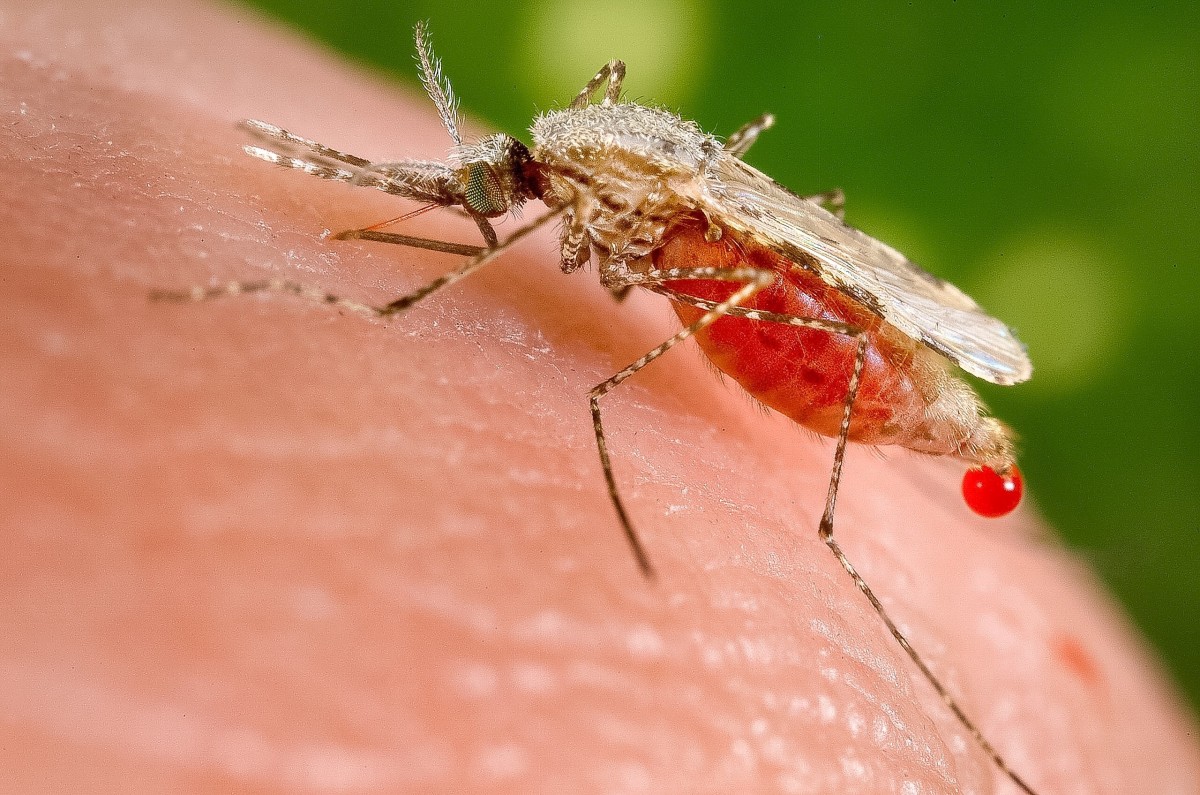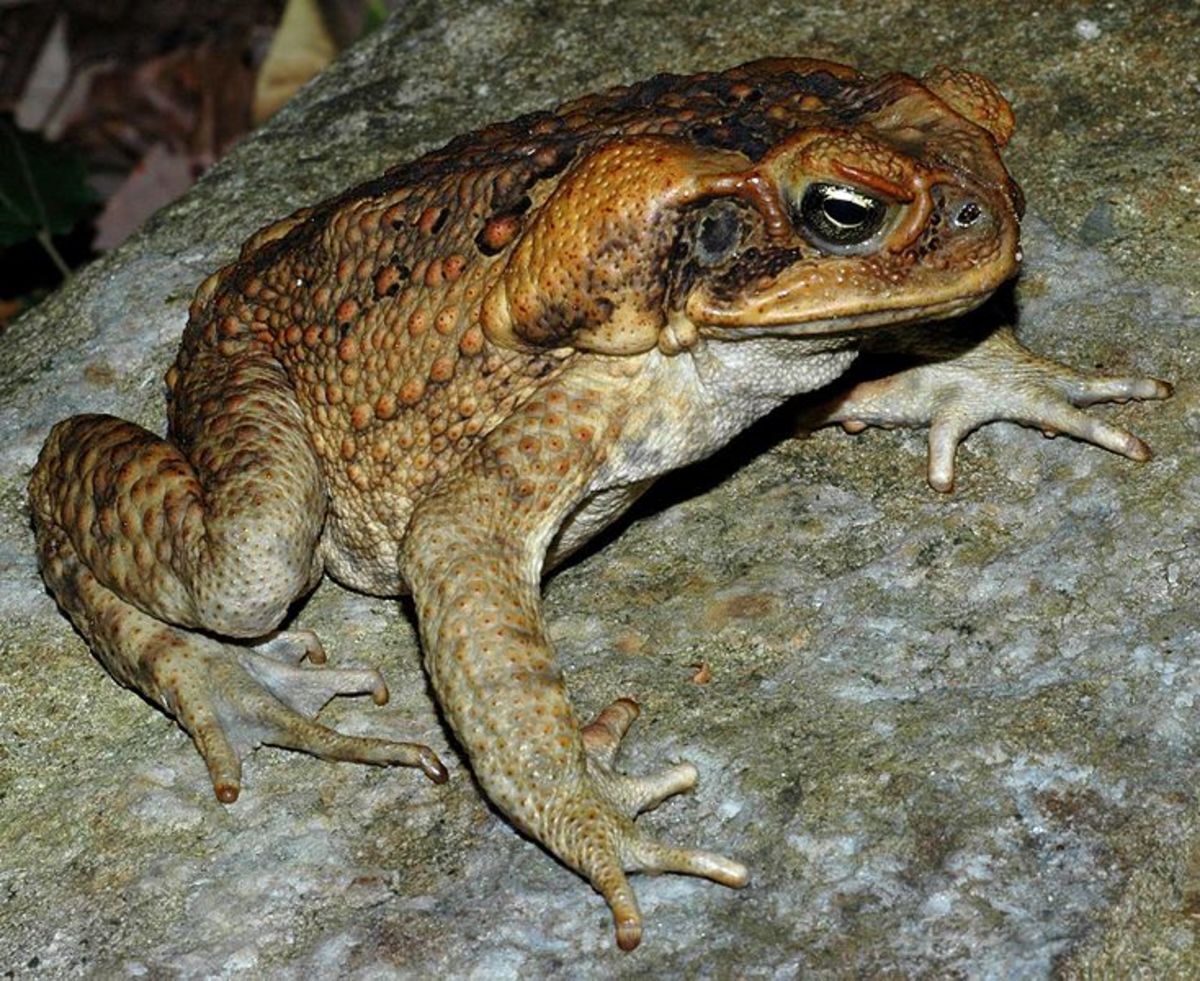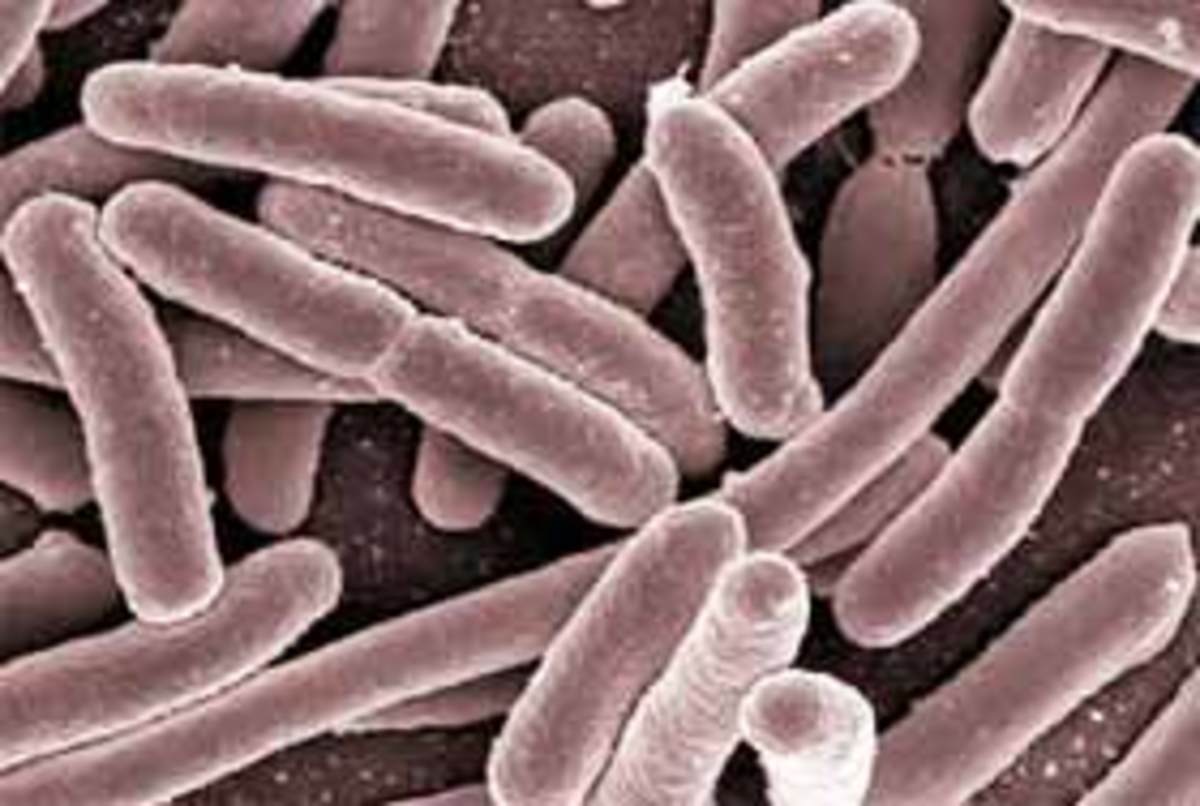Wiping out Malaria Mosquitoes and Impacted on Other Native Species
What is Malaria?
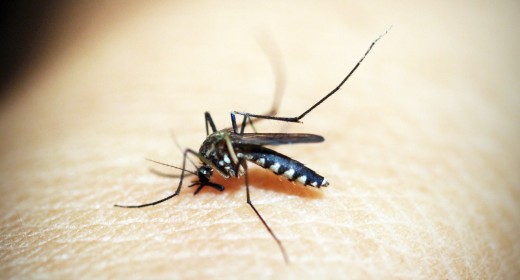
Malaria is a severe tropical disease spread by mosquitoes. A type of parasite known as Plasmodium causes malaria. The most common symptoms are high temperature and a flu-like illness. Prompt treatment for malaria is essential, as, without treatment, it can be fatal.
Malaria remains one of the most prevalent and deadly diseases in some areas of the world. According to the World Health Organisation (WHO), there were 216 million malaria cases globally and 450,000 malaria deaths, 90% of which occurred in sub-Saharan Africa in 2016.
What Spreads Malaria?
Female Anopheles mosquitoes mainly spread the Plasmodium parasite. The parasite is transferred into the bloodstream after a bite.
Malaria can also spread through blood transfusions and the sharing of needles.
Lifecycle
The malaria parasite lifecycle involves two hosts: Mosquito and Human.
3 Stages: Gameocytes which is the first stage then sporozoites which is the second stage and lastly merozoites which is the third and final stage.
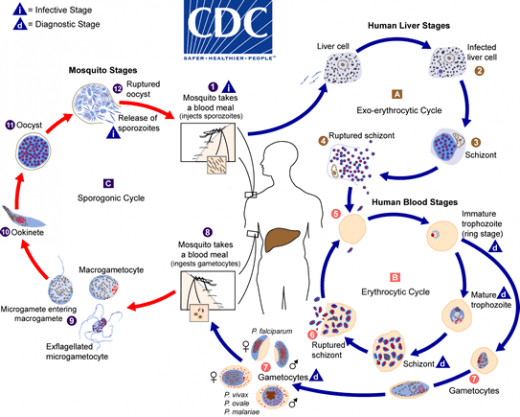
What Did The Researchers Discover?
In a recent study, scientists have claimed wiping out mosquitoes from certain countries ravaged by malaria would not have a negative impact on any other native species.
How To Wipe Out The Mosquito

Researchers are hoping to suppress the spread of malaria by targeting a specific species of mosquito, Anopheles gambiae, using genetic engineering in the near future.
The study found that if you eliminate one local species of mosquito, it could lead to a drastic cut in the number of malaria cases without having an impact on the diet of any other animal.
This is because not every mosquito found in sub-Saharan Africa has the ability to carry malaria; only a small minority of the hundreds of species found can carry malaria.
Impact On Other Native Species

The study concluded that Anopheles gambiae is an important vector of malaria but not a key component of the local ecosystem food supply.
They found that some animals eat Anopheles gambiae, but the same animals also eat other species of mosquito and other insects. As a result, their survival does not depend on the existences of Anopheles gambiae.
The researchers also looked at the mosquito larval habitats and found that predators are known to feed on the unborn mosquitoes but these animals can also eat a number of other species.
The research did note that several competing mosquito species could increase if Anopheles gambiae is reduced in specific habitats, but concluded that the many of the species that feed on Anopheles gambiae would also feed on these species.
Alternative Method CRISPR Mosquito
In a study by researchers at Johns Hopkins targeted a gene called FREP1. The FREP1 gene encodes for a specific immune protein that is found to help the malaria parasite survive in the mosquito's gut. By using CRISPR/Cas9 technique, the researchers were able to cut out the gene thereby reducing the likelihood of the malaria parasite surviving long enough to mature to a stage where it can harm humans.
The results showed a reduced number of mosquitoes infected with malaria. However, the genetic edit wasn't found to be perfect. The researchers discovered that the development of the mosquitoes was much slower compared to unmodified mosquitoes, and also they were less likely to feed on blood and they laid fewer eggs that were less viable.
With further research, once those the problems are solved, it is believed that the genetically-modified mosquitoes could be released into the wild to spread their malaria resistance through the natural population, making it a viable strategy since the gene edits don't impact the insect's ability to survive and breed.
© 2018 Deniz Burunlu

